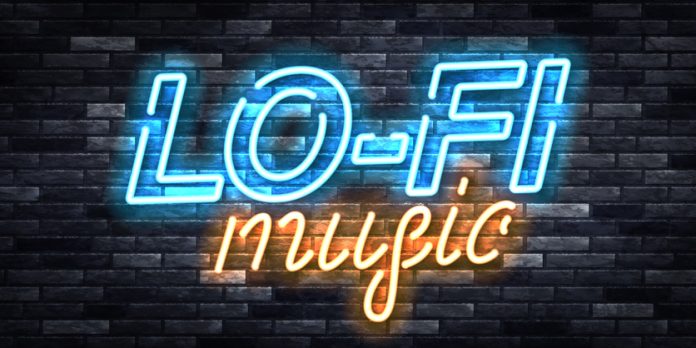
Lo-fi hip-hop has emerged as a cultural phenomenon that uniquely connects with Millennials and Gen Z. Characterized by its nostalgic, calming sound and DIY aesthetic, this genre has become a go-to soundtrack for studying, relaxing, and introspection.
This article delves into:
- the aesthetic appeal
- cultural relevance
- key artists that have propelled lo-fi hip-hop to its current status
Aesthetic Appeal
The aesthetic appeal of lo-fi hip-hop lies in its imperfections and simplicity. The genre often features muted tones, analog warmth, and subtle imperfections like vinyl crackles and tape hiss. This creates a nostalgic atmosphere that many listeners find soothing. The visuals associated with lo-fi hip-hop, such as the iconic Lofi Girl live stream on YouTube, enhance this aesthetic by pairing relaxing beats with serene, anime-inspired imagery. These elements collectively provide a comforting and immersive experience that contrasts sharply with the often overstimulating digital world.
Cultural Relevance
Lo-fi hip-hop’s connection with younger generations can be attributed to several cultural and psychological factors. For many Millennials and Gen Z listeners, the genre offers an escape from the pressures of modern life. The music’s laid-back, non-intrusive nature makes it ideal for creating a focused and calm environment, which is particularly appealing in an age of constant digital connectivity and stress. Additionally, lo-fi hip-hop has become intertwined with internet culture, with platforms like YouTube and Spotify making it easily accessible and part of daily routines, whether for studying or unwinding.
The genre’s DIY ethos also speaks to the values of these generations. In a world where authenticity and self-expression are highly valued, lo-fi hip-hop’s raw and unpolished sound provides a sense of honesty and relatability. The community aspect, where listeners feel connected through shared experiences of relaxation and study, further deepens its cultural relevance.
Key Artists
Several key artists have shaped the lo-fi hip-hop landscape, influencing its sound and popularity.
- Nujabes: Often credited as one of the pioneers of the genre, Nujabes (real name: Jun Seba) combined jazz samples with hip-hop beats to create a sound that was both soothing and innovative. His work on the soundtrack of the anime Samurai Champloo brought lo-fi hip-hop to a broader audience, and albums like Modal Soul remain influential in the genre.
- J Dilla: Another foundational figure in lo-fi hip-hop, J Dilla‘s approach to beat-making, particularly in his album Donuts, showcased how imperfections and off-kilter rhythms could create deeply emotional and resonant music. His influence is felt across multiple genres, but his minimalist approach aligns closely with the ethos of lo-fi hip-hop.
- Jinsang: A modern lo-fi hip-hop artist, Jinsang has made a significant impact with albums like Life and Soliqloquy. His music is characterized by warm, nostalgic tones and smooth, laid-back beats, making it perfect for studying or relaxing.
- Kupla: Atmospheric and ethereal, Kupla made a name for himself with albums like Imaginary and Kingdom in Blue. His music often blends elements of ambient music with lo-fi beats, creating a serene and dreamlike soundscape.
- Idealism: Idealism is known for tracks like “Controlla” and “Both of Us”. His work often features gentle piano melodies layered over soft beats, evoking a sense of calm and introspection.
- Tomppabeats: A Finnish producer, Tomppabeats has gained a following for his lo-fi beats that often incorporate soulful samples. His album Harbor is a fan favorite, known for its relaxing and nostalgic vibe.
These artists, along with many others, have contributed to the growth and popularity of lo-fi hip-hop. It is one of the most streamed genres on platforms like Spotify and YouTube.
Conclusion
At Music Industry Weekly, we recognize the profound impact of the lo-fi hip-hop phenomenon on today’s music landscape. Its aesthetic appeal, cultural relevance, and the influence of key artists have made it a defining genre. As lo-fi hip-hop continues to evolve, it will undoubtedly remain a staple for those seeking solace and focus in a fast-paced world.







